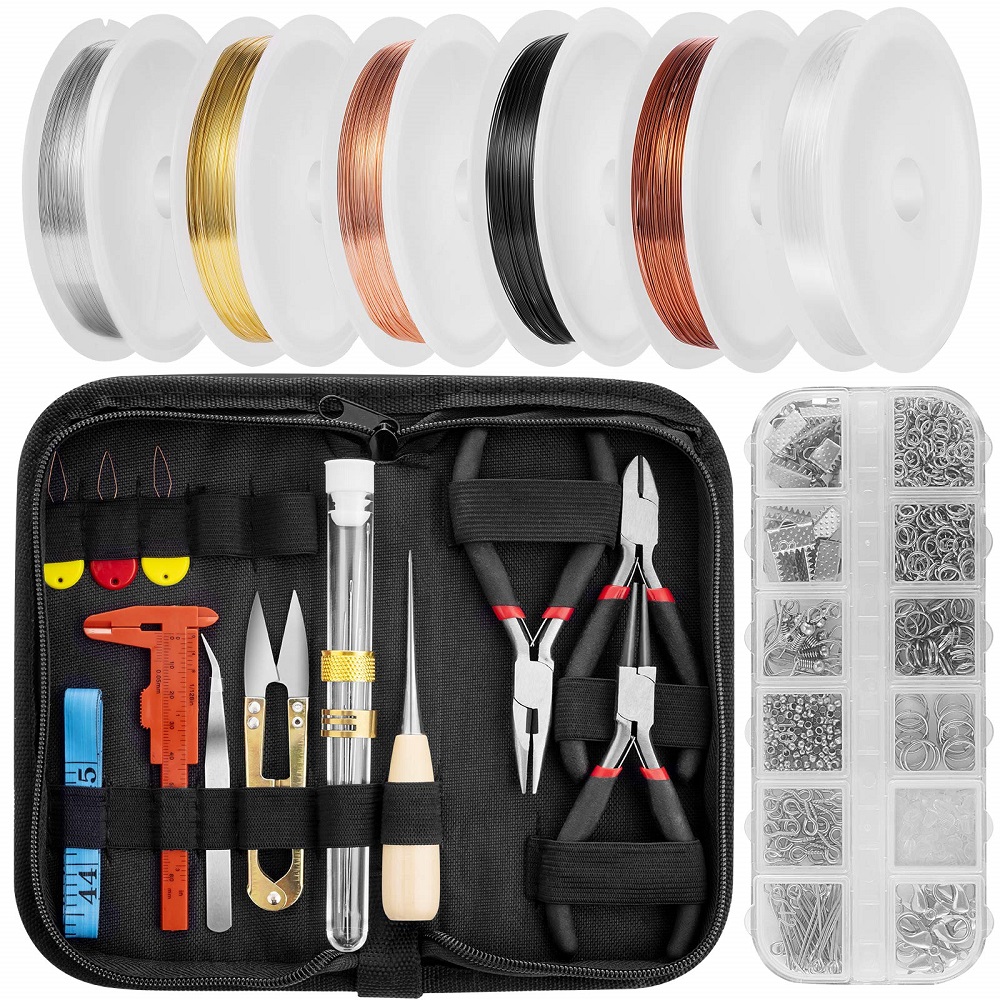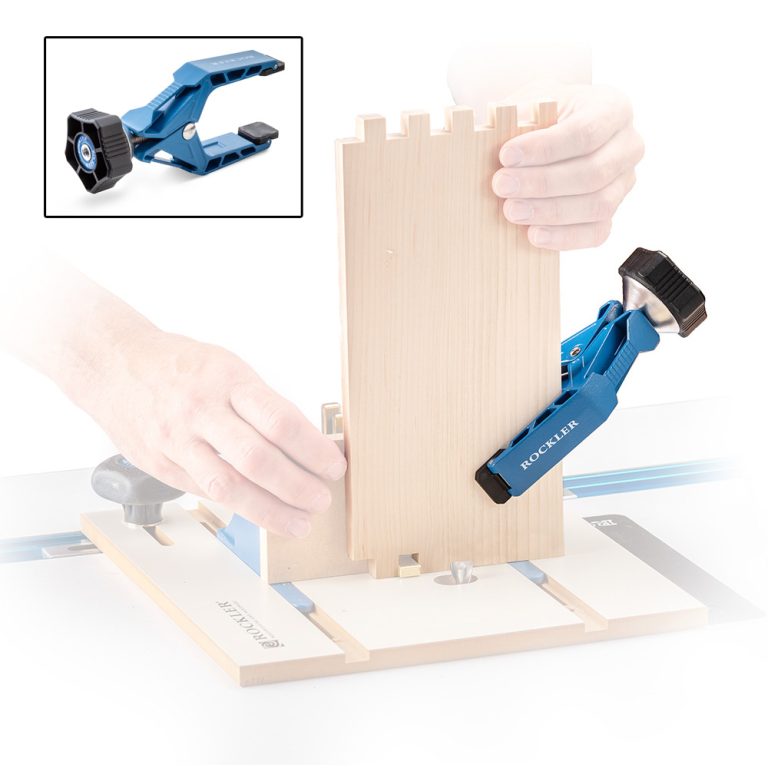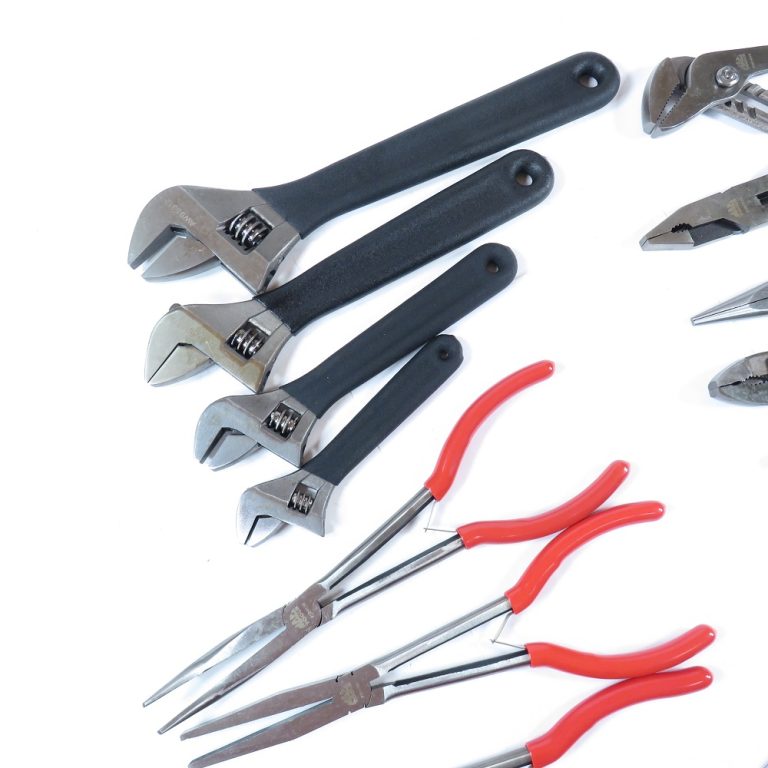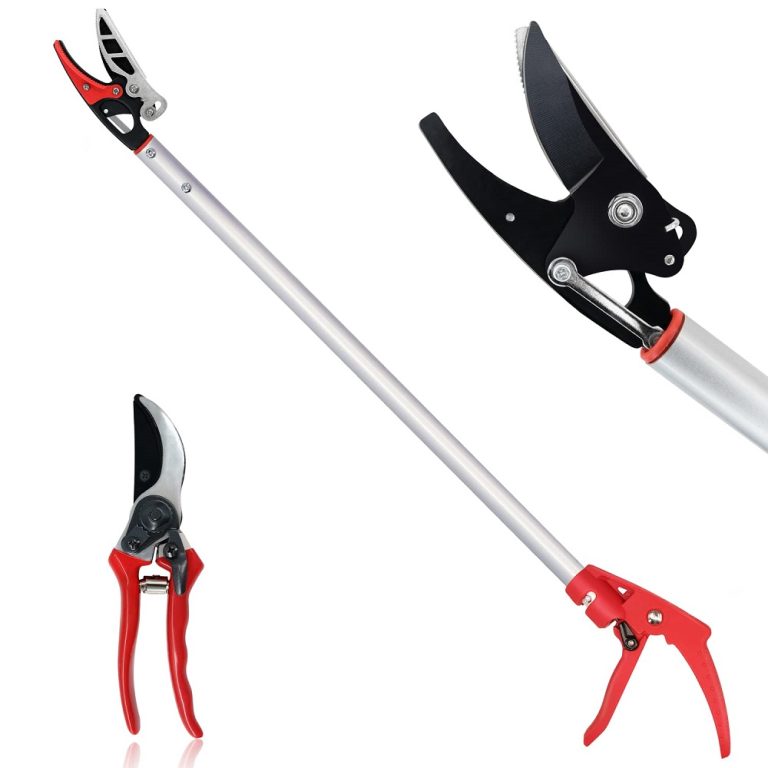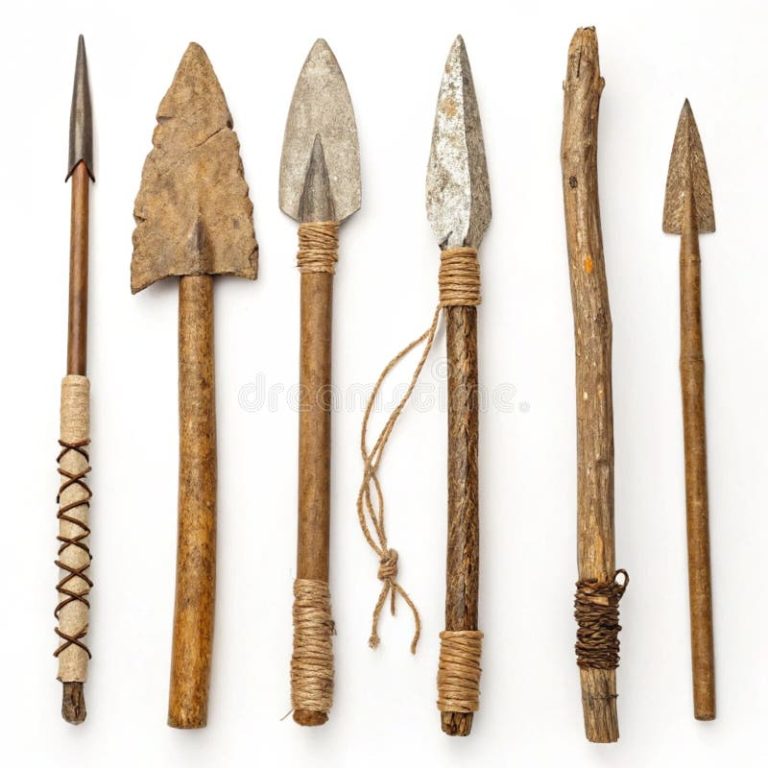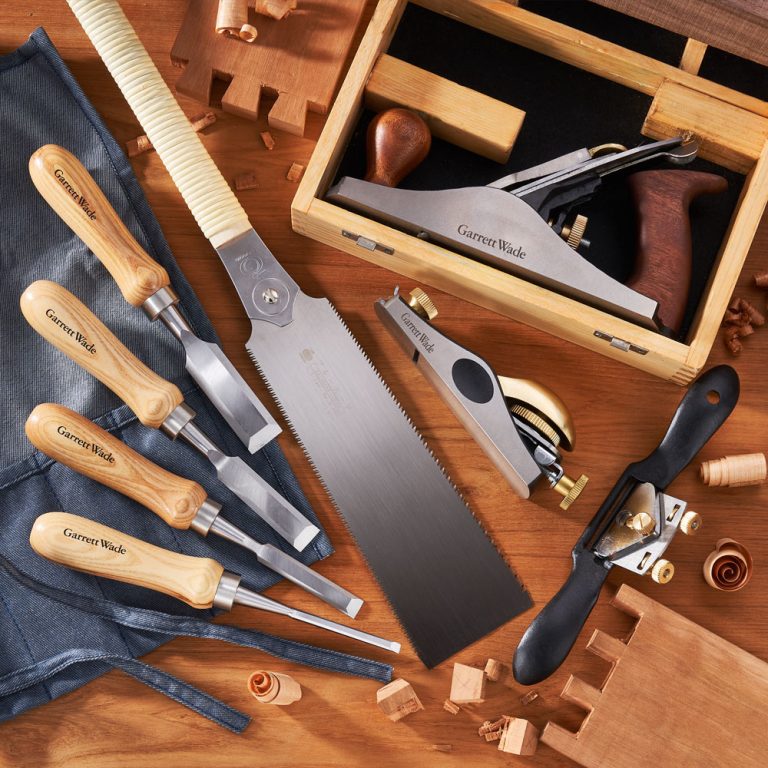Introduction to Jewelry Making Tools
Jewelry making requires precise tools for accurate and professional results. As a beginner, understanding the tools and their uses can make a significant difference in your work. Investing in essential jewelry tools can improve your skills and ensure consistency in your creations.
Importance of Investing in Quality Tools
Quality tools are essential for making durable and attractive jewelry. Poor-quality tools can break easily and ruin your work. Good tools often last longer and save money in the long run. They make the process smoother and enhance the final product. Beginners should focus on durable tools that improve efficiency and accuracy. Starting with reliable tools builds a solid foundation for future projects.
Key Considerations for Beginners
When choosing jewelry tools, consider ease of use and durability. Lightweight tools are good for beginners as they reduce hand fatigue. Learning to use basic tools properly ensures better craftsmanship. Opt for tools designed specifically for jewelry making to avoid unnecessary struggles. Finally, start with a small set of essential tools and expand as your skills grow. This minimizes spending while still covering all basic needs.

Basic Hand Tools Every Beginner Needs
To create beautiful jewelry, beginners need basic hand tools. These tools are vital for shaping, cutting, and assembling pieces effectively. Learning to use them properly improves confidence and craftsmanship. Below are key tools every beginner should have.
Pliers: Flat-Nose, Round-Nose, and Chain-Nose
Pliers are essential for gripping, bending, and shaping wires and other materials. Flat-nose pliers help create sharp bends and are perfect for holding small items firmly. Round-nose pliers are ideal for making loops and curved designs, commonly used in earring and pendant making. Chain-nose pliers are great for closing jump rings and accessing tight spaces. Owning high-quality pliers ensures better control and reduces hand fatigue.
Hammers and Mallets for Metalwork
Hammers and mallets are important for shaping and texturing metal. Jewelry hammers, like chasing hammers, are used for flattening and adding decorative patterns to metals. Mallets, made of rubber or rawhide, shape metal without leaving marks. These tools allow beginners to work on metal smoothly and achieve desired forms.
Cutters for Wires and Materials
Cutters are crucial for cleanly cutting through wires and other jewelry materials. Flush cutters ensure precise cuts with minimal effort, making them indispensable for creating neat edges. Side cutters are also great for trimming wires close to other components. Sharp and durable cutters are key for saving time and maintaining professional results.
Essential Measuring and Marking Tools
Accurate measurements and markings help create professional and precise jewelry designs. These tools improve consistency, make crafting easier, and save time. As a beginner, investing in these tools ensures cleaner and more accurate work.
Rulers and Calipers for Precision
The rulers and calipers are vital for measuring lengths and dimensions. Rulers help mark straight lines and measure flat materials. Calipers ensure precision for small parts and irregular shapes. Digital calipers provide quick and highly accurate readings. Beginners should use these tools to create balanced designs and avoid errors.
Scribes and Marking Pens
The scribes and marking pens are perfect for leaving visible and sharp guidelines on metal surfaces. Scribes create fine lines that help during cutting or drilling. Marking pens are great for temporary marks on various jewelry materials. Using these tools ensures clarity and reduces mistakes in your designs.
Templates and Gauges
The templates and gauges simplify the process of creating complex shapes. Templates offer pre-designed shapes for consistent cutting and forming. Gauges measure wire thickness and metal sheets accurately, ensuring components fit perfectly. These tools help beginners achieve uniformity and maintain professional standards.
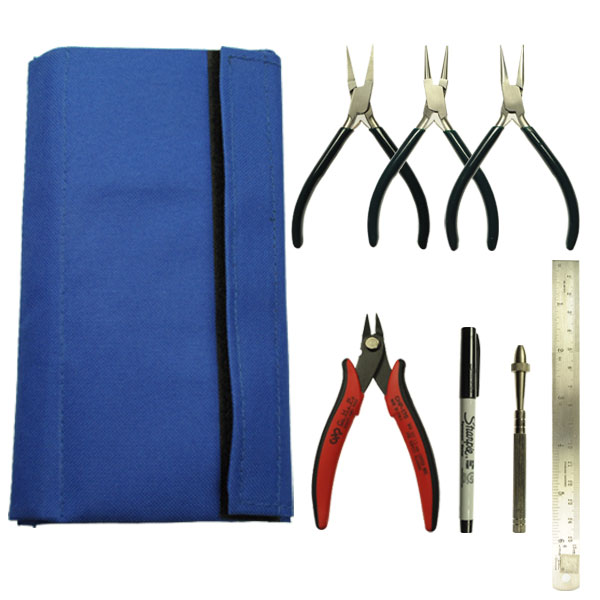
Tools for Shaping and Forming Jewelry
Shaping and forming tools are essential for creating well-crafted and appealing jewelry designs. These tools help mold metal and other materials into desired forms. Beginners must learn to use these tools correctly to enhance their craftsmanship.
Mandrels for Rings and Bracelets
Mandrels are tapered tools used to shape rings and bracelets. Ring mandrels help achieve perfect circular shapes for rings, ensuring consistent sizes. Bracelet mandrels assist in forming rounded or oval designs for bangles and cuffs. Choose steel mandrels for durability and accuracy. Beginners should start with basic sizes before exploring more advanced shapes.
Files and Sanding Tools for Finishing
Files and sanding tools smooth rough edges and refine shapes. Jewelry files come in various types, like flat, round, and half-round, to match specific finishing needs. Sandpaper or sanding sticks help polish surfaces for a professional look. Using these tools ensures safe handling and polished jewelry pieces. Start with fine-grit options for delicate materials and gradually try coarse-grit types as needed.
Dapping Blocks and Punches for Curved Designs
Dapping blocks and punches are perfect for creating curved and domed shapes in jewelry. A dapping block has multiple depressions to form metals into spherical designs. Punches press the metal into the block for a smooth curve. These tools are great for making beads, domed pendants, and artistic patterns. Beginners can use these tools to add depth and dimension to their creations.
Soldering Equipment for Jewelry Making
Soldering equipment is essential for joining metal parts and creating intricate jewelry designs. Learning to use these tools ensures strong bonds and polished finishes. Beginners should start with the right tools and safety knowledge for effective soldering.
Torches and Flame Safety Tips
Torches provide the heat required to melt solder and join metal components. Popular options include butane and propane torches, which are easy to control and suitable for beginners. Always adjust the flame according to the thickness of the metal.
Safety is critical when handling torches. Wear protective goggles to shield your eyes from sparks. Work in a well-ventilated area to avoid inhaling fumes. Keep a fire extinguisher nearby and tie back long hair to prevent accidents. Practice operating the torch on scrap pieces before tackling actual projects.
Soldering Boards and Pads
Soldering boards and pads provide a safe surface for heating metal. They resist high temperatures, protecting workspaces from heat damage. Choose boards made of materials like ceramic or charcoal for even heat distribution.
Charcoal soldering blocks reduce oxidation, making it easier to achieve clean joins. Ceramic pads are durable and retain heat well. Beginners should invest in heat-resistant tweezers to hold metal securely while soldering.
Flux, Solder, and Tweezers
Flux is an essential chemical that prevents oxidation during the soldering process. It ensures the solder flows smoothly and creates a clean joint. Apply flux to all areas where the metal will join before heating.
Solder comes in various types, such as hard, medium, and easy. Choose the appropriate type based on your project’s requirements. Beginners can use easy solder as it melts at lower temperatures and is easier to control.
Tweezers are vital for positioning small metal pieces and holding them during soldering. Heat-resistant tweezers prevent burns and provide precise handling. Anti-magnetic tweezers are great for delicate tasks.
Mastering soldering tools is key to producing durable and beautiful jewelry. Practice regularly to refine your technique.
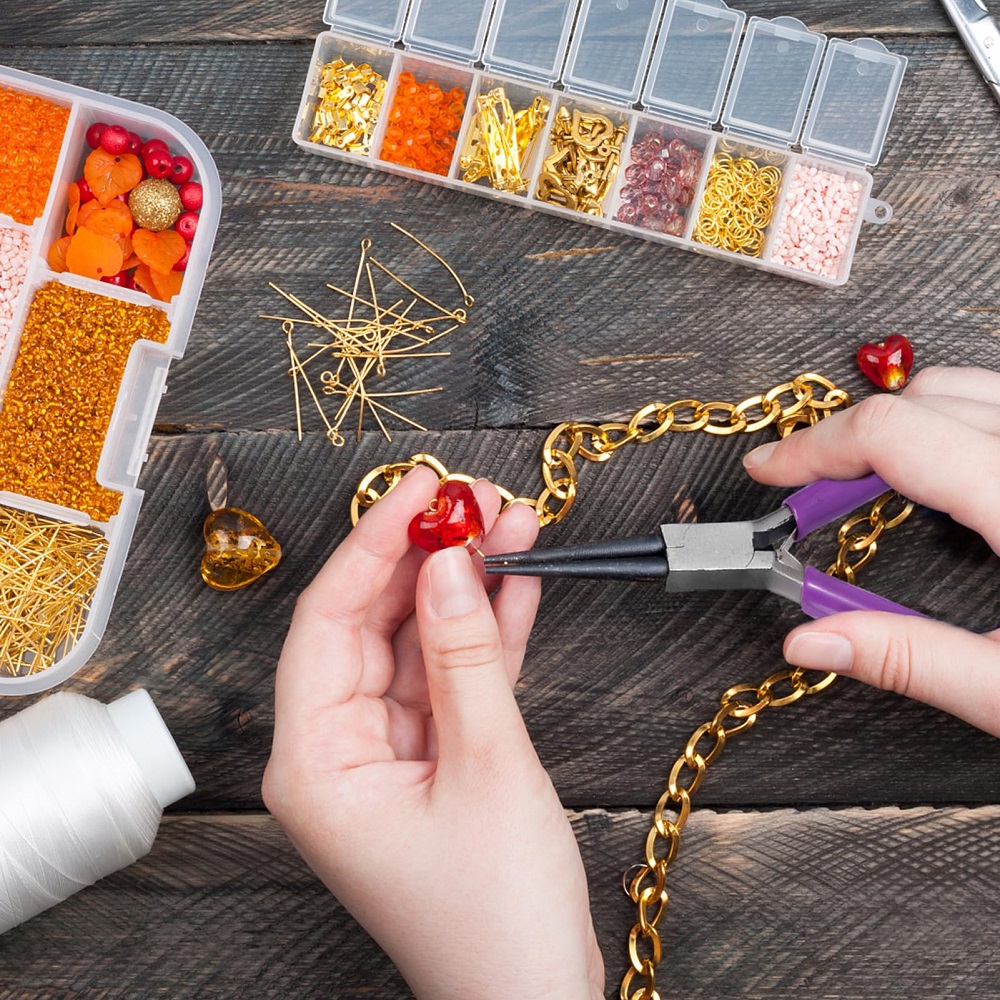
Polishing and Finishing Tools
Polishing and finishing tools are essential for achieving a professional look in jewelry making. They help smooth surfaces, enhance shine, and reveal intricate details. Choosing the right tools makes the process more efficient and ensures stunning results.
Buffing Wheels and Polishing Compounds
Buffing wheels are perfect for giving jewelry a smooth and shiny finish. These wheels are typically attached to a polishing motor, making them effective for various surfaces. Beginners should start with smaller wheels to handle delicate pieces better.
Polishing compounds, like rouge or tripoli, help achieve specific finishes. Rouge is ideal for creating a high-gloss shine, while tripoli removes scratches and rough spots. Each compound serves a purpose, so using the right one improves the final look.
To use these tools effectively, apply the compound to the buffing wheel regularly. Gently press the jewelry against the spinning wheel using light pressure. Always wear goggles and gloves for safety during polishing. Start with basic compounds and wheels, then expand your collection as your skills grow.
Ultrasonic Cleaners
Ultrasonic cleaners are used to remove dirt and debris from jewelry. They clean thoroughly by using high-frequency sound waves and a cleaning solution. These devices are especially useful for intricate designs and hard-to-reach areas.
To use an ultrasonic cleaner, fill the tank with water and add a recommended cleaning solution. Place the jewelry in the basket and let the cleaner run for a few minutes. Once done, rinse the jewelry and dry it with a soft cloth.
Ultrasonic cleaners save time and ensure a deep clean. However, avoid using them on fragile gemstones or soft materials, as they may get damaged. Beginners should follow the manufacturer’s instructions closely to avoid mistakes.
Polishing and finishing tools are vital for making jewelry attractive and professional. Learn to use them properly for better results and polished designs.
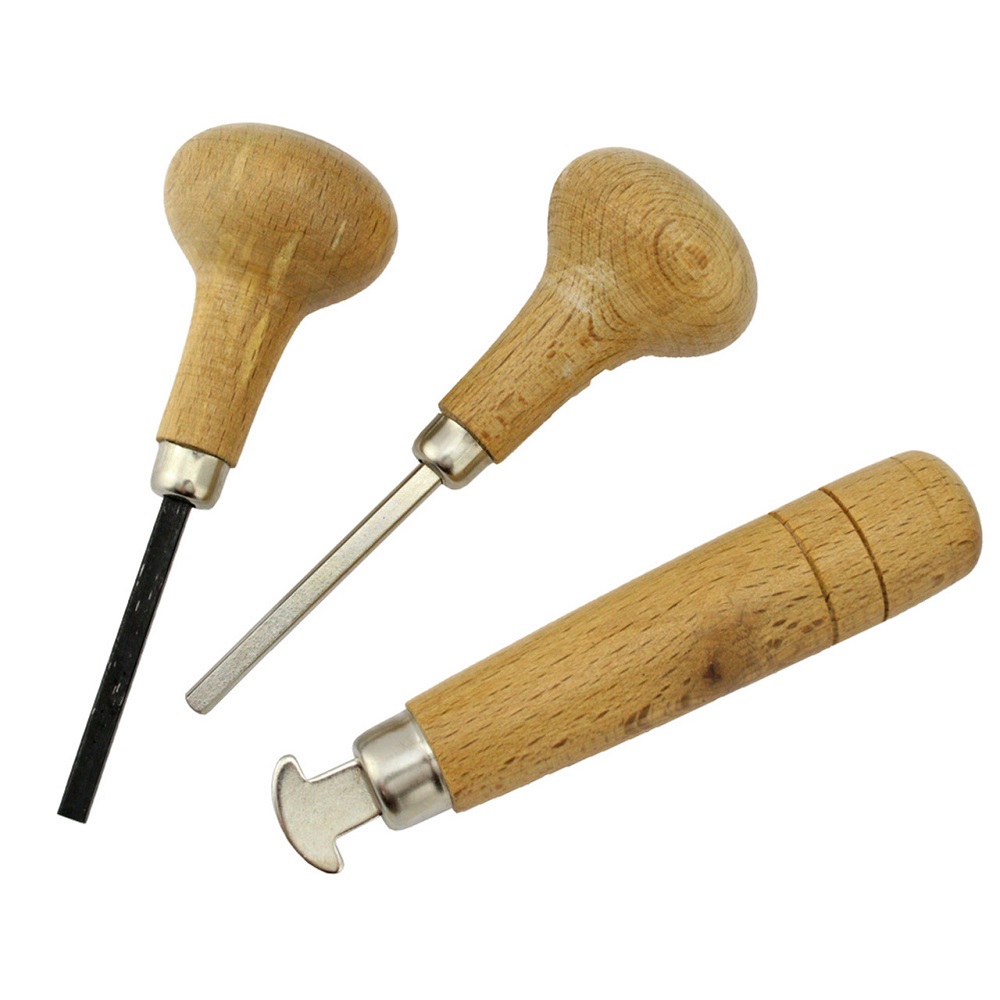
Storage and Organization of Jewelry Tools
Proper storage and organization are essential for maintaining your jewelry tools. They minimize wear, prevent misplacement, and increase your efficiency. Beginners should prioritize a neat workspace to work effectively and protect their investments.
Toolboxes and Storage Solutions
Toolboxes are perfect for keeping your jewelry tools organized and accessible. Choose one with multiple compartments to separate and store tools like pliers, hammers, and cutters. A sturdy, portable toolbox is ideal for those taking classes or working in different locations.
Wall-mounted racks or pegboards are great for hanging frequently used tools. These solutions save space and keep tools at eye level for quick access. Use small containers or trays for tiny items like beads, screws, and wires. Clear containers let you see their contents easily and maintain order.
For delicate tools like calipers or files, consider padded storage options. Drawers with liners or specialized cases can protect tools from damage. Stackable organizers are excellent for creating compact storage solutions, especially in limited workspace areas.
Tips for Keeping Tools in Optimal Condition
Maintaining your tools extends their life and ensures efficiency. Clean your tools after every use to prevent dirt buildup. Wipe metal tools with a soft cloth to remove debris and moisture, preventing rust.
Store tools in dry areas to avoid corrosion. Consider silica gel packets to absorb moisture in storage spaces. For tools with moving parts, such as pliers and cutters, apply a light oil to keep them operating smoothly.
Inspect tools regularly for wear and damage. Sharpen blades and cutters as needed to maintain precision. Replace damaged or worn tools promptly to avoid compromising your projects.
Finally, always return tools to their designated storage spot after use. Keeping your tools organized saves time and reduces frustration. With proper practices, your jewelry tools will remain effective and reliable for years to come.
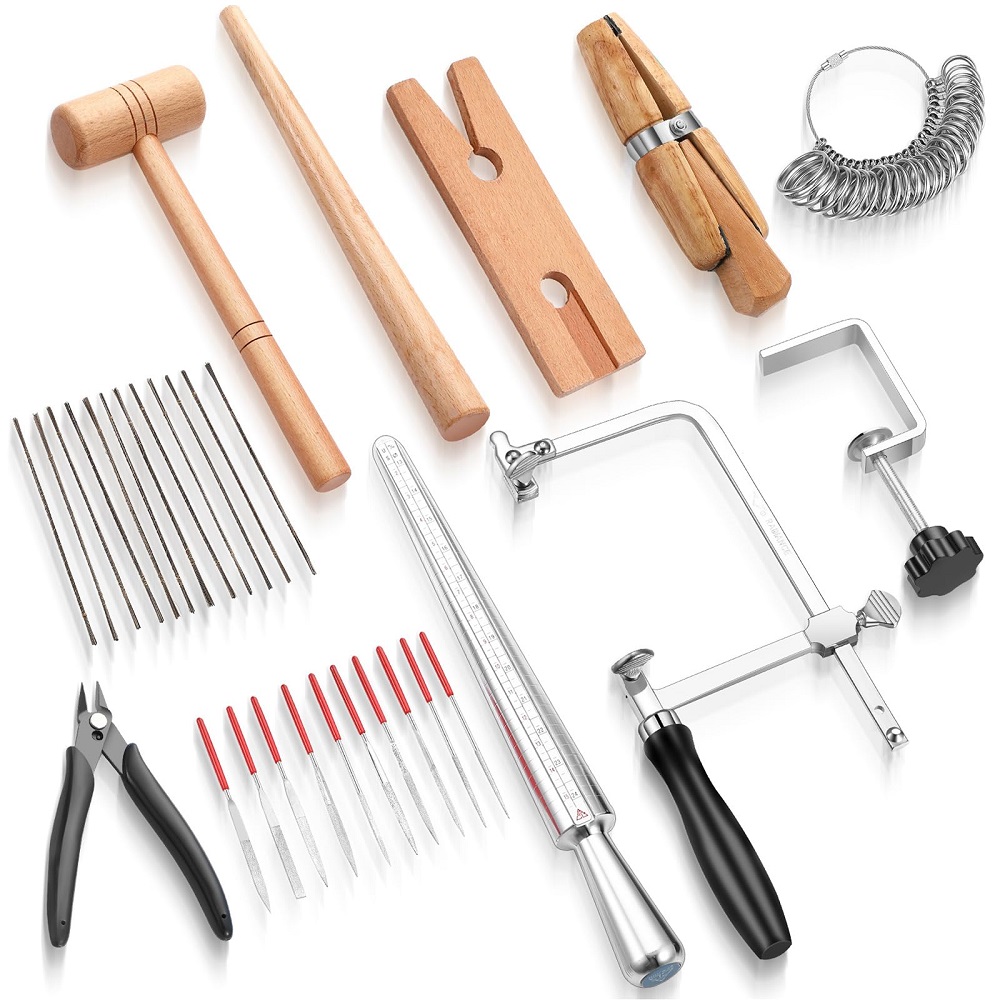
Frequently Asked Questions about Jewelry Making Tools
How to Maintain and Sharpen Your Tools
Maintaining your jewelry tools regularly ensures their longevity and peak performance. Follow these simple tips to keep tools in great condition:
- Clean Tools After Every Use: Wipe tools with a soft cloth to remove dirt and moisture. This prevents rust and ensures smooth operation for the next use.
- Sharpen Blades and Cutters: Use a sharpening stone or fine-grade sandpaper to sharpen dull edges. Sharp tools provide cleaner cuts and improve precision.
- Oil Moving Parts: Apply a few drops of light oil to pliers and cutters with moving parts. This maintains their smooth operation and reduces rust formation.
- Inspect Tools for Damage: Check tools regularly for wear or damage. Replace worn or broken tools immediately to avoid compromising your projects.
- Store in Dry Places: Keep tools in moisture-free environments to prevent corrosion. Use silica gel packets in storage boxes for added protection.
Proper tool maintenance ensures efficiency, saves money, and enhances your jewelry-making experience.
Where to Buy Quality Beginner Tools
Purchasing quality tools is crucial for successful jewelry making. Here are the best places to find them:
- Local Craft Stores: Craft stores often carry beginner-friendly tools. They also have knowledgeable staff to guide you in choosing the right tools for your projects.
- Specialty Jewelry Supply Stores: These stores provide high-quality tools designed specifically for jewelry making. Visit them for a wider selection and trusted brands.
- Online Retailers: Websites like Amazon, Etsy, and specialized jewelry supply sites offer a range of tools. Check reviews before purchasing to ensure quality.
- Second-Hand Options: Online marketplaces like eBay or local thrift shops sometimes stock used but durable tools. Ensure the tools are in good condition before buying.
- Jewelry-Making Classes: Many classes or workshops offer starter kits that include all essential tools. These are ideal for beginners.
Buy from reputable sellers to guarantee quality and durability. Investing in good tools pays off in the long run.
